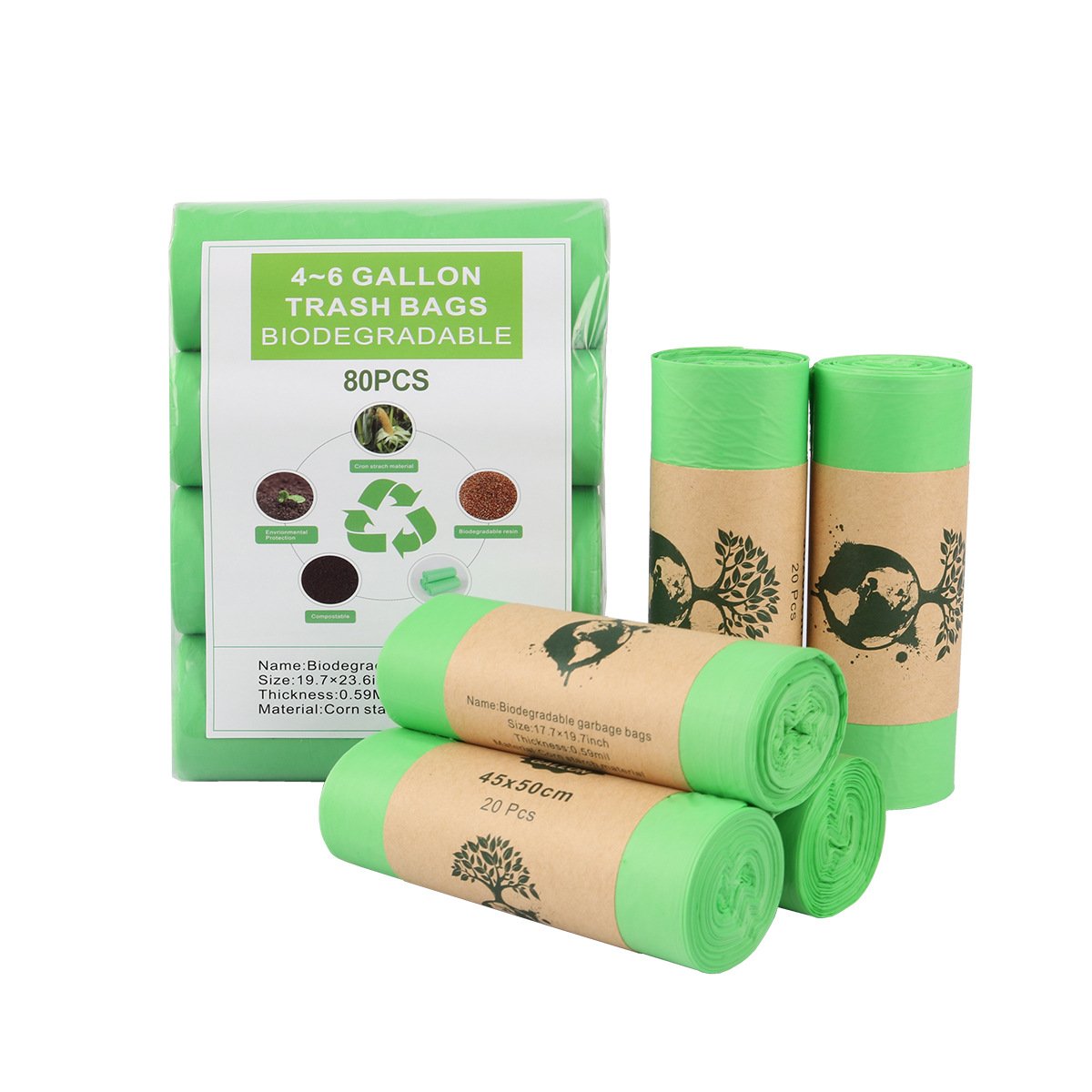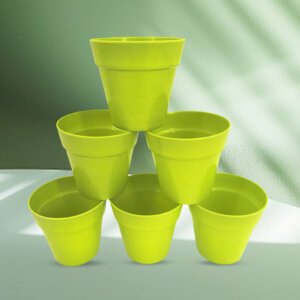Bio-based degradable products have many benefits, mainly reflected in renewable raw materials, low-carbon environmental protection, energy conservation and emission reduction.
Bio-based degradable materials refer to products whose ingredients are at least partly derived from biomass, such as organic substances such as plants, animals, and microorganisms. Under certain natural conditions, these materials can be gradually converted into harmless substances such as water, carbon dioxide, methane, and biomass through the decomposition of microorganisms.

- Renewable raw materials: The raw materials of bio-based degradable materials are mostly derived from biomass, such as corn, cassava, plant fibers, etc. These raw materials are renewable and will not be exhausted like traditional non-renewable resources. Taking polylactic acid (PLA) as an example, its raw materials mainly come from renewable corn, cassava, etc.
- Low-carbon environmental protection: During production and use, bio-based degradable materials can reduce carbon emissions. For example, compared with traditional plastics, PLA can reduce CO₂ emissions by about 1.8 tons per ton, showing significant green environmental advantages.
- Energy saving and emission reduction: The use of bio-based degradable materials helps reduce dependence on fossil fuels, thereby reducing energy consumption and greenhouse gas emissions. Taking PLA as an example, its degradation products are ultimately carbon dioxide and water, which will not pollute the environment.
Application areas
The application range of bio-based degradable materials is very wide, covering the following fields:
Medical materials: such as surgical sutures, implants, etc.
Packaging materials: can be used for food packaging, shopping bags, etc.
Dining utensils: such as tableware, cups, etc.
Agricultural mulch: like biodegradable mulch, it can be completely degraded in the farmland environment, effectively avoiding soil pollution.
Disposable products: including sanitary products, clothing, etc.
Textile fibers: can be used to make clothing, textiles, etc.






